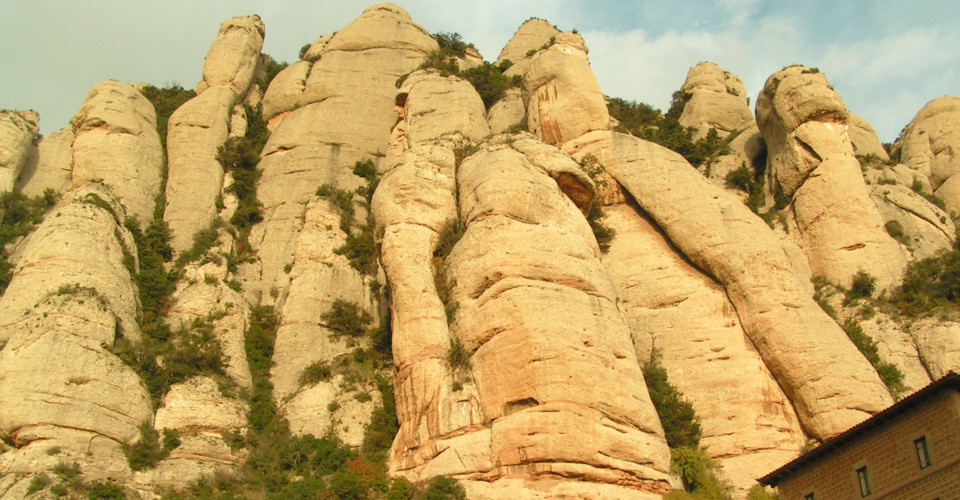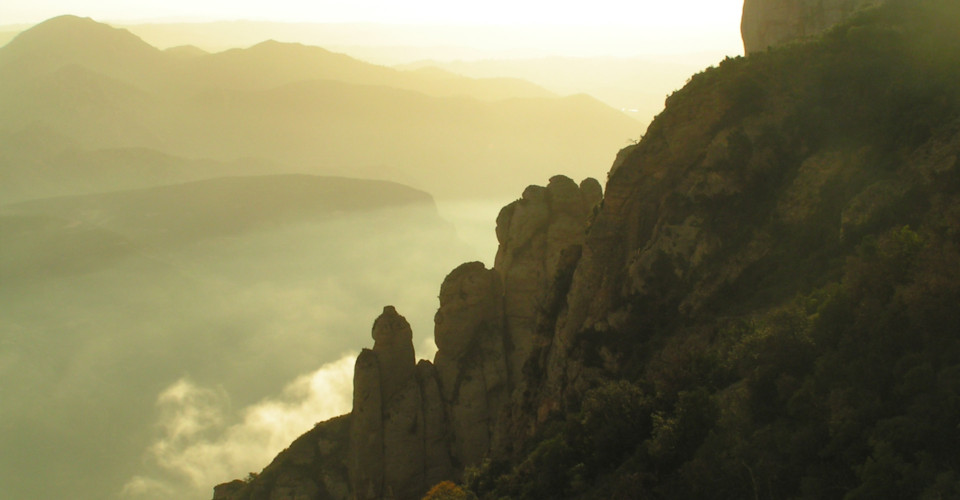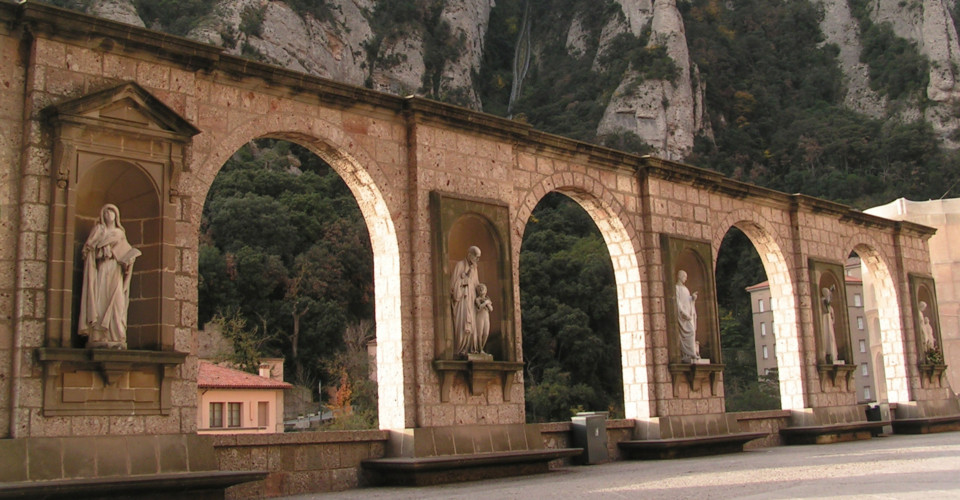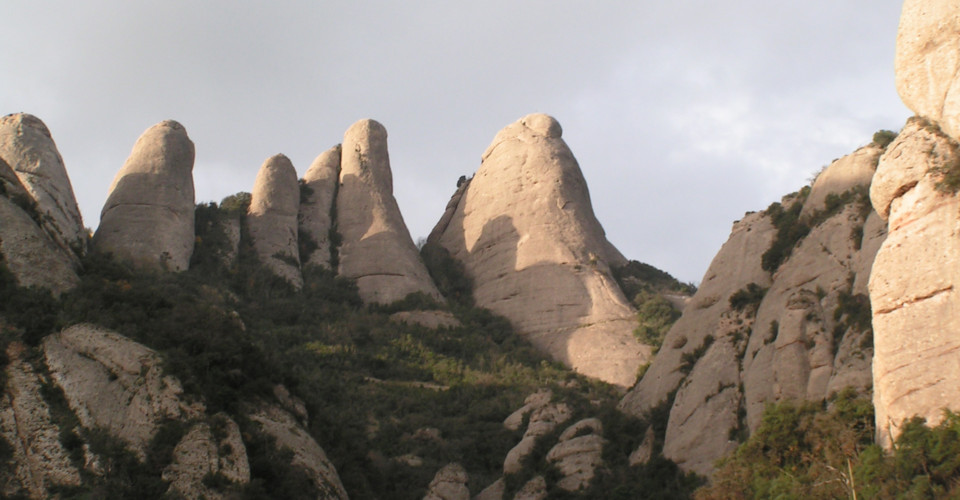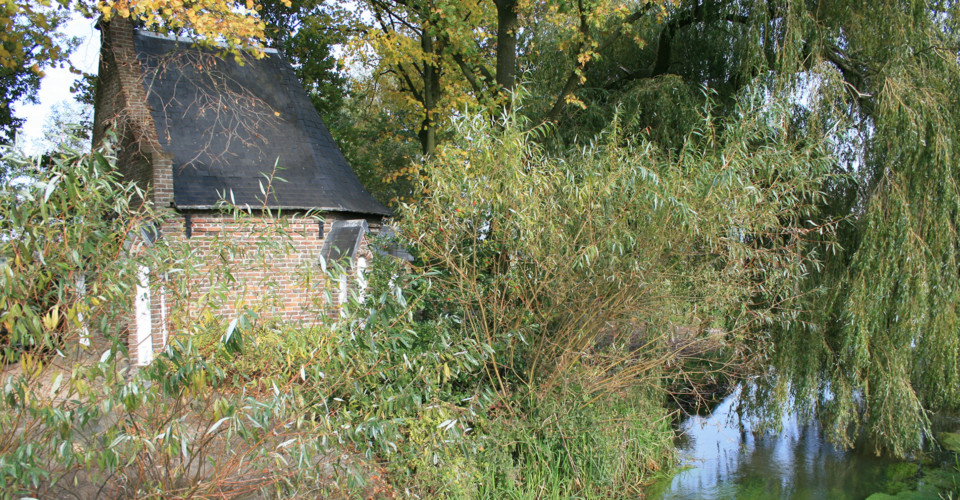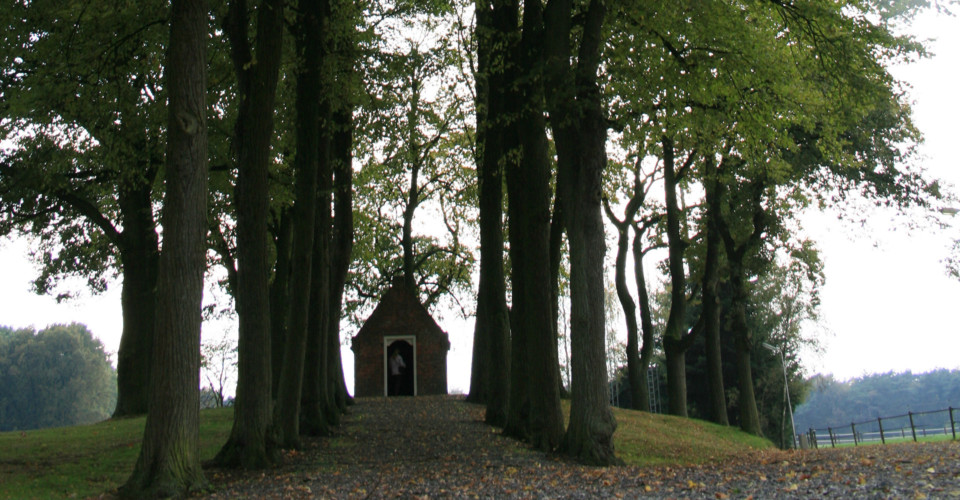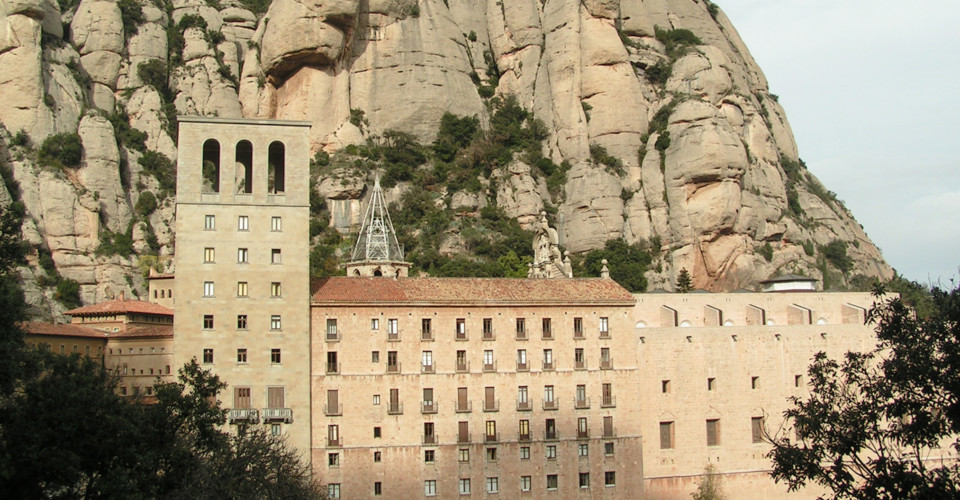"Inspired by spiritual principles and applying traditional ecological knowledge, monastic communities developed distinctive natural resource management models, resulting in beautiful, harmonious and diverse landscapes for many centuries." - Mallarach et al. 2016
Site
Although not all monastic lands are necessarily sacred lands, all of them have sacred places in them, a great many of which are sacred natural sites whilst others contain constructed or man build sacred sites which are additionally valued for the qualities of their natural surroundings. Europe and the Middle East together house about 5000 Christian monastic communities with over 80.000 nuns and monks. They are the oldest self-organized religious communities in Europe which have supported nature since their very establishment. Many of these monasteries were obliged to develop techniques for self-sustainable existence, if only to withstand the ravages of time in their isolated locations. St Anthony’s, for example, founded in 356 AD on Al-Qalzam Mountain near Al Zaafarana in Egypt, produces its own vegetables and bread. Mt. Athos and Meteora are just a few more examples of similar practices that can be found over the entire region. These sites are currently modernizing, making their practices even more effective.
Threats
The historical ban on religious organizations has had severe impact on monasteries, including their gardens. Traditionally bred vegetables were destroyed and a big part of the monastery gardens stripped. These events fortunately halted over a century ago, when tolerance for monastic communities returned. At that time, the gardens faced a different threat, namely decreasing monastic activity. With a decreasing amount of caretakers, maintaining the high ecological value of the lands became overly laborious. A number of monastic communities still suffer a decline, but others are currently going through a revival. In some cases, however, the accent of the activities lays more on intellectual work than it used to resulting in less overall care for local plant communities and nature.
"Monastic communities’ experiences in adapting to and overcoming environmental and economic crises is relevant to both managers and policy-makers involved in protected and high biodiversity areas, especially in regions where the protected landscape approach may be more effective." - Mallarach et al. 2016
Vision
Some of the highest spiritual authorities are demonstrating commitment to the conservation of nature in monastic communities. Pope Benedictus XVI invented the concept of ‘ecological conversion’, referring to an urgent need for a radical lifestyle change to reduce habits of consumption, but instead pay more attention to Creation as an image of the Divine. Spiritual principles such as soberness fit very well with ecosystem enhancement measures, because they reduce consumption impacts and increase the available time to care for the environment.
Action
Monastic communities remain on the forefront of development of environmentally friendly practices such as organic farming, animal husbandry, botanic gardens and renewable energies. Benedictine communities keep taking management steps to enhance local forests and other ecosystems. Some communities are promoting their views and experiences within and outside Catholic borders, through a wide array of traditional and modern communication tools.
Policy and law
In the sixth century, St Benedict set an example of sustainable land management by declaring that communities’ lands had to be at least of equal fertility upon departure as when the communities arrived. This guideline has been followed ever since. Almost 50 monasteries are currently mentioned in the UNESCO List of World Heritage Sites. Most include the lands they managed historically, which are generally very rich in natural heritage and biodiversity values. They therefore have the potential to be classified as Mixed World Heritage sites.
"In many countries, modern protected areas have been established on the sites of existing or former monastic lands, thereby creating positive synergies but also new challenges both for conservation and for the monastic communities." - Mallarach et al. 2016
Ecology and Biodiversity
Monastic lands often have higher ecological quality than neighbouring landscapes. Monastic lands encompass a wide array of landscapes and ecosystems along various gradients from low to high altitudes, wet to dry and very cold to very hot. They include Siberian taiga, alpine and other mountainous environments as well as coastal wetlands and deserts. Monks all over the continents used to breed monastery specific vegetable varieties and maintain botanic gardens with a wide variety of useful and medicinal plants. Unfortunately many of these were destroyed between the French revolution and the nineteenth century.
"Monastic communities are one of the oldest self-organized communities with a continuous written record in conservation management. Most Christian monastic conserved lands should be considered community conserved areas usually Category V – Protected Landscapes." - Mallarach et al. 2016
Custodians
Many Catholic monastic communities are over a millennium old. Key principles include stability, discipline, solitude, sobriety and beauty. The monks strive to reduce material needs, orienting on spiritual benefit instead. Property is shared. Monastic monks and nuns see nature as an image of the divine, a teacher, and they strive to honour it as such. They do this by safeguarding the lands and enhancing their qualities, so as to pass them on gracefully to future generations. Two main lifestyles can be distinguished: community (or cenobitic) life, and isolated (hermitic) life. While communities develop a wide array of nature friendly practices, it is said that hermits ‘live a cosmic experience with nature’. Historical records count stories of holy monks who fed of lions, bears, wolves and poisonous snakes, enjoying their company as friends.
Coalition
Even though there can be different views, the Catholic monasteries through their shared faith could be seen as a single coalition. The monastic comities are bound by their hierarchical structure and demonstrate numerous examples of horizontal collaboration, also in nature conservation. Perhaps it is therefore more interesting to note that there are examples of collaboration with non-Catholic communities as well. For example, European monks exchanged valuable knowledge on sustainable landscape management with the Buddhist community at the interreligious encounter themed "Monasticism and the Environment" in Kansas, USA. Many of the monastic lands are nowadays officially protected landscapes. This shows that some governments work together with monastery authorities, even though most monastic communities are not allowed to join governmental procedures. Relating to sacred natural sites specifically, there is the interesting example of the welcoming attitude of the Benedictine Community of Montserrat towards the first workshop of The Delos Initiative, which led to the first joint publication of the Abbey with IUCN.
Conservation Tools
Altogether, these monastic communities wield a rich diversity of nature conservation tools. They can be summarized as nature treatments, fine organic produce, energy production and modern and traditional communication tools for environmental awareness (though the latter ones are usually aimed at exclusive audiences). Approaches and activities include sustainable forestry and restoration of medicinal gardens. Examples of organic products are cheese, beers, wine, herbal remedies and incense. Energy is mainly produced hydroelectrically and through thermoelectric and solar panels. Communication tools range from symposia, interpretation centres and guided tours to DVD’s and websites.
Results
Intended or unintended, many monastic lands have long been managed as protected areas often without national or international recognised protected area designation. Most of the older and larger monastic lands are now also protected by national law. Experts can distinguish natural areas which have historically been treated by Benedictine monks from other landscapes mostly due to the enhanced biodiversity that remains today. In some other cases, sacred natural sites have been recovered after the post medieval damage. Modern monasteries possess a rich and dynamic variety of experience and documented knowledge on a very wide range of sustainable practices, rooted in a long tradition continuously enhanced by the use of newly acquired tools.
- Mallarach, J., Corcó, J., & Papayannis, T. (2016). Christian Monastic Lands as protected Landscapes and Community Conserved Areas: An Overview. PARKS, The International Journal of Protected Areas and Conservation, 22(1), 63–78.
- Mallarach, JM. and Papayannis, T. (2006) Protected Areas and Spirituality. Proceedings of the first Workshop of the Delos Initiative – Montserrat. PAM publications. Montserrat.
- Mallarach, JP. (2010) Monastic communities and nature conservation: Overview of positive trends and best practices in Europe and the Middle East. In: Mallarach JP, Papayannis T and Väisänen R. The Diversity of Sacred Lands in Europe. Proceedings of the Third Workshop of the Delos Initiative – Inari/Aanaar.
- www.urbandharma.org

